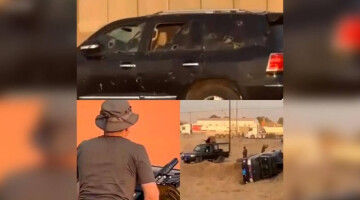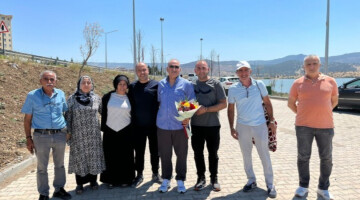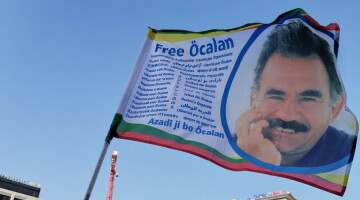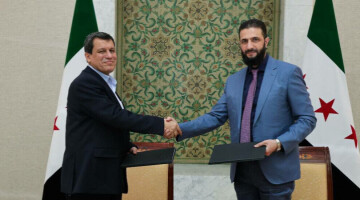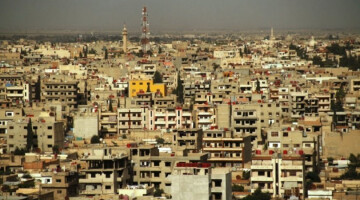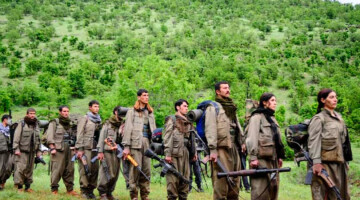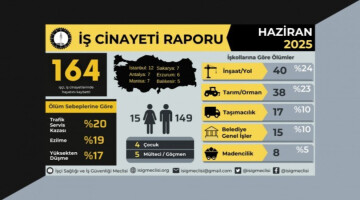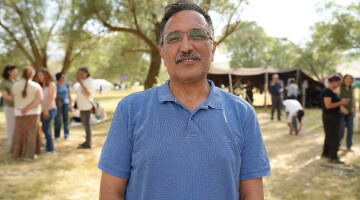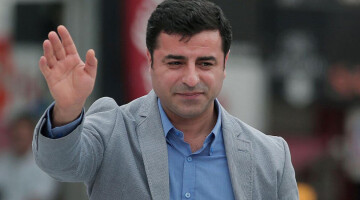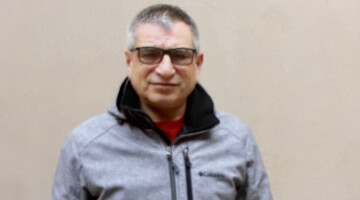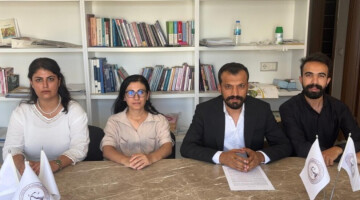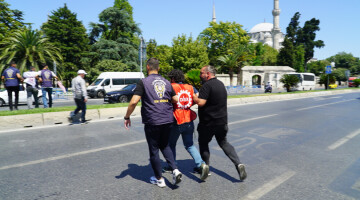Prosecution team investigator Ezio Menzione presented the case related to “attacks on energy infrastructures disruption of water supplies”.
The Italian lawyer said: “From October 2024 to January 2025 Turkish attacks hit the big Swediyeh gas station to destruction. The station was meant to supply a big part of North East Syria. The attacks were reiterated, and their effect was to leave the 500 thousand population, mostly Kurdish, without energy direct resources. Up to a certain point, some needs were coped with individual electricity generators, or gas cylinders. But these devices couldn’t solve the industrial and agricultural problems and their costs were raised week by week to the point that poor people couldn’t afford them. Just think that the cost of one gas cylinder for family use was raised from $0,90 to $10.
In the previous year (Autumn 2022), the Turkish army had already hit and badly destroyed the smaller oil station of Taquel Bagel, connected with Swediyeh, though separated. In this bombing there were casualties: 11 people in three subsequent attacks (one was one of two who went there to help the first attacked ones, and the last one was a journalist who wanted to record what happened) all hit by drones.”
Menzione added: “The attacks against Swedijeh not only meant a rough deterioration of the way of living for that section, the province of Hasakeh,, but they started to badly affect also the Syrian Alouk water plant: the large water plant on the border between the two countries which had already diminished its power of flowing water in a very consistent way and was finally reduced to let no more water at all to flow to the province. Almost 1,000.000 people were involved and reduced to little clean and drinking water supplied by water tanks brought by trucks at high price. Nothing for agriculture and other industrial needs. With lowering sanitary standards and very harsh conditions in daily life. Finally, many families and villagers, especially in the countryside (but the whole area is a big countryside, being Hasakeh the only big city of almost 200,000 people) were forced to move to other sections of the country. A real displacement of population.
At least three refugee camps were affected by such a water shortage, as they had been by electricity shortage before. Among them the big and famous camp af Al Hol and the reports about the conditions in such a camp are really appalling. In such camp lived more or less 40.000 people: inner refugee from other parts of Syria or refugee coming from abroad.
The described attacks and deprivations were not something that happened by chance or a collateral effect of the war. They were deliberate attacks that wanted to hit the population as a whole, with the effect of highering the tensions inside the country; and mainly to hit the Kurdish population which was and still is the majority in that big area. Such population is considered by Turkish government an “adverse population”, or “enemy”, covering the PKK.
Such plant and station were totally civilian without any military spot not even in the nearby area. It was a deliberate act of war, a criminal act.”
Attacks on medical infrastructure, the case of Kobane hospital
Prosecution team investigator Heike Geisweid presented the case of the
Turkey's military operations against the Autonomous Administration of North and East Syria (AANES) and Syrian Democratic Forces (SDF) escalated sharply in October 2023, marking a critical period for investigation due to a series of airstrikes targeting civilian infrastructure, particularly medical facilities. This escalation was in response to a suicide attack attributed to the PKK on Turkey's Interior Ministry in Ankara on October 2, 2023, after which Turkey declared that infrastructure and energy facilities in Northeast Syria (NES), especially those linked to the SDF, would be considered legitimate military targets. Turkey frequently relies on a "terrorism" narrative in its operations against the AANES, derived from its internal conflict with the PKK. However, these narratives alone do not provide sufficient legal justification under international law, as the conflict with the PKK is primarily a domestic issue for Turkey, and neither the AANES nor the SDF poses an immediate threat to Turkish security. On the contrary, the SDF has been instrumental in stabilizing the region and combating ISIS, particularly by controlling and detaining ISIS prisoners. Therefore, there is no legal basis under international law to justify intervention in Syrian sovereignty. Internal conflicts with the PKK do not warrant cross-border military intervention.
From October 4, 2023, to January 15, 2024, Turkey conducted over 200 airstrikes in three separate campaigns, targeting critical infrastructure such as oil and gas fields, power stations, and water facilities in NES. The first wave of strikes on October 4, 2023, heavily damaged the Suwaydiyah power plant, causing power and gas outages affecting over one million people. Turkish drones also targeted villages, resulting in civilian casualties.
In December 2023, Turkey declared that its airstrikes exclusively targeted military objectives. For larger targets, it deployed F-4/F-16 fighter jets equipped with heavy explosive munitions, causing devastating damage. This campaign targeted a total of 18 civilian objects, including the Mishtenur Medical Center, the Kobane Medical Center (KMC), the dialysis center, and the oxygen facilities. All these medical facilities were completely destroyed. These facilities served civilian purposes, providing critical medical services to the populations of Kobani and Qamishlo. As such, they qualified as protected objects under the Geneva Conventions and international humanitarian law, making their destruction a violation of international legal protections for civilian infrastructure.
The destruction of these medical centers, along with the dialysis center and oxygen facilities, further exacerbated the humanitarian crisis in the region, severely impacting the ability to provide life-saving medical care. This deliberate targeting of civilian healthcare infrastructure by Turkish airstrikes has contributed to the destabilization of health services in Northeast Syria, already weakened by ongoing conflict.
The third wave of airstrikes in January 2024 continued to target critical infrastructure, including medical facilities, despite previous damage. This ongoing destruction of civilian infrastructure, particularly healthcare centers, has significantly impaired the ability to provide medical care to millions of civilians in the region. By January 2024, 38 health facilities across the Hesekê and Aleppo governorates were severely disrupted, further exacerbating the humanitarian crisis in the region.
Illegal logging in Afrin district
Prosecution team investigator Declan Owens, from Ecojustice Ireland Illegal Logging in Afrin District, closed the cases presented on Monday, the first day of session of the Permanent People’s Tribunal, by addressing the case of illegal logging in Afrin district.
Owens started from a report by Syrians for Truth and Justice (STJ) and Lêlûn Association for Victims in Afrin reveals illegal logging operations in 114 forest sites in Syria’s Kurdish-majority region of Afrin. He said: “Based on the extent of the concentration of tree-cover loss, STJ monitored:
High degradation of the forests in (57) locations, where perpetrators cleared the forests almost trees entirely.
Moderate degradation of the forests in (42) locations.
Low degradation of forests in (15) locations.
Since 2018, STJ estimates the loss at tens of thousands, while several local sources that STJ met with for this report insist that the number is higher, verging on hundreds of thousands.”
As to the methodology, Owens said that the “STJ has been keeping close tabs on forest logging across the Afrin region since late 2019. Field researchers monitored large-scale woodcutting in several of the region's forest areas.
To verify the logging activities, the researchers recorded, talked to sources, informed of the situation; compiled evidence from various open sources; analyzed the collected information; and matched the findings with satellite images.
The report draws on accounts STJ obtained through direct interviews, in person and online, with local sources and witnesses in the affected areas, in addition to visual evidence and information available from open sources that addressed the report’s subject matter.”.



